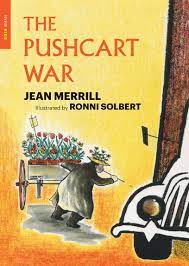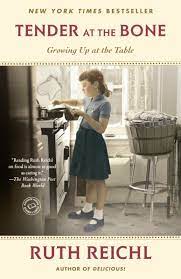A Monster Calls
Patrick Ness (YA Fantasy)
The monster showed up just after midnight. As they do.
At thirteen, Conor was too old for monsters. Monsters were for babies and bedwetters and Conor was neither; however, here he was—night after night reliving the same images that made him wake up screaming into the darkness. But one night, another monster came to visit. Not the one from his nightmare, but a different one. One that would tell him three stories and would then require Conor to tell him the fourth. But the fourth wouldn’t be a story. The fourth would be the truth…Conor’s truth. A truth that he’s been avoiding for a very, very long time.
Do NOT judge this book by either its cover or its title! A Monster Calls is not a horror story, but rather an intensely moving and intellectually provocative read that examines death, bullying, and growing isolation. Patrick Ness’s story (inspired by an idea by the late Siobhan Dowd) and Jim Kay’s beautiful and macabre illustrations allow A Monster Calls to leap off the page, reach inside your chest, and put a death grip on your heart. The action and emotions intensify as the story unfolds and reaches the ultimate crescendo when the reader realizes the truth behind the monster and the meaning of Conor’s nightmare. It’s a painful and agonizing revelation and you can’t help but cry out as our young protagonist finally comes to terms with the grim reality he’s been desperately avoiding and denying. It’s a master class in storytelling and a final work that Siobhan Dowd surely would have been immensely proud of.
On one of their encounters, the monster told Conor about the importance of stories: “They can be more important than anything. If they carry the truth.” There are countless stories about how children deal with trauma—especially when it involves a loved one—but Ness’s approach cuts to the very heart of the loneliness, fear, and helplessness they feel and how these feelings manifest themselves into monsters and darkness and voids that suck the very air from your lungs. It’s a dark and empty feeling that’s scary and cold, but Ness reminds us that truth can cut through the darkest of places; that acceptance can be a way out of the deepest abyss; and that forgiveness can open the way to healing and peace.
Rating: 5/5
* Book cover image attributed to: www.amazon.com




